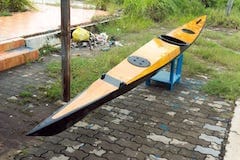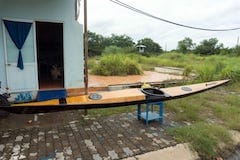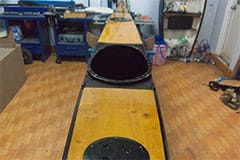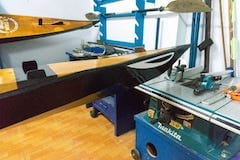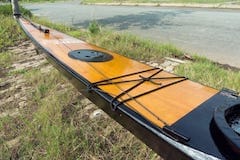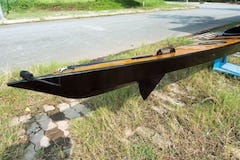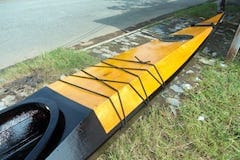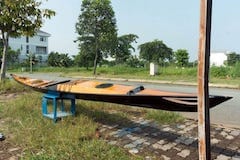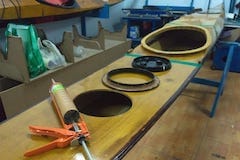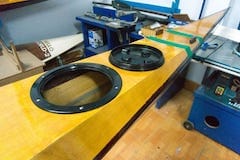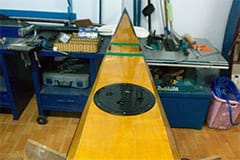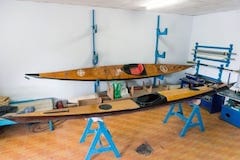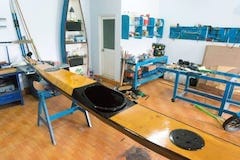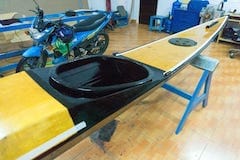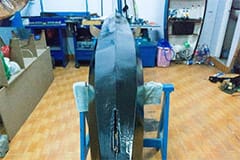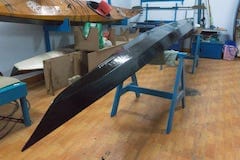 ne of the things I’ve been concerning about since start designing the kayak is the spray skirt. The skirt follows a cockpit that has an unconventional size and shape, and after quite some searching on the internet, I couldn’t find a vendor who could supply an already – made spray skirt that fits my size. I could, of course, have one built on custom order, that is I would need to give them the exact drawing of the cockpit, that would involve many steps back and forth, and an expensive process too.
ne of the things I’ve been concerning about since start designing the kayak is the spray skirt. The skirt follows a cockpit that has an unconventional size and shape, and after quite some searching on the internet, I couldn’t find a vendor who could supply an already – made spray skirt that fits my size. I could, of course, have one built on custom order, that is I would need to give them the exact drawing of the cockpit, that would involve many steps back and forth, and an expensive process too.
I decided to make one my own, everything needed is already available in my workshop: some nylon fabric (the one used for thick raincoat), bungee cords, needle and thread… My sewing skill has always been terribly miserable, but the first step is done, with acceptable quality. Not a “spray skirt” yet, rather a “spray deck” covering the cockpit. Next would be sewing in the tube that goes around your waist which could be fastened with velcro tapes. Jack – of – all – trades is the sailor, isn’t he!? 😀
7th, 8th images: the tube stitched, an elliptical tunnel that goes around my waist, 36 x 28 cm in dimensions. By now, the spray skirt is almost completed, it fits the boat and my body very well, just gonna add 2 pockets on the two sides. If look into details, one would see the very rough, clumsy seam lines, cause I’m not really familiar with those needle and thread jobs (I broke 3 needles while sewing!). Anyhow, I’d got it done, and it should fullfill the important functionalities of a spray skirt! 😀
Serene – 1 p1
Serene – 1 p2
Serene – 1 p3
Serene – 1 p4
One of the advantages of D.I.Y is that things could be made to suit your very own needs, e.g: my spray skirt would have a belt fastened with velcro tapes, matching my waist closely, and two small pockets on the sides to hold miscellaneous things very much needed once under way.
Made of nylon fabric, the skirt is not as good as professional neoprene – built one, however, that would be suffice to do the job of keeping the water out, in rain or in heavy sea, but surely wouldn’t be suitable for rolling actions. Btw, I can’t find retail – selling neoprene here in Saigon anyhow.




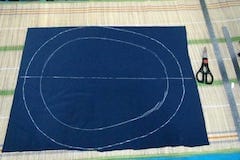
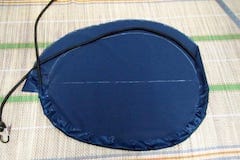
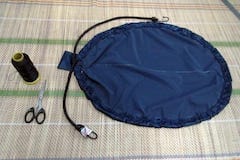
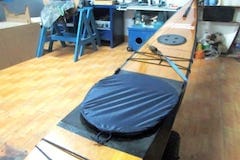
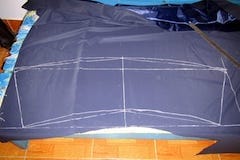
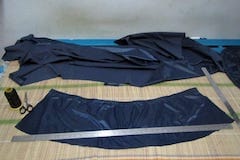
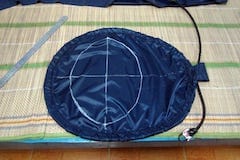
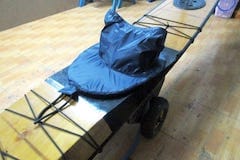
 urther updates for
urther updates for  iếp tục cập nhật cho
iếp tục cập nhật cho 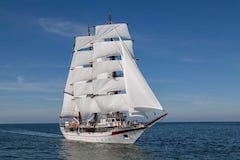
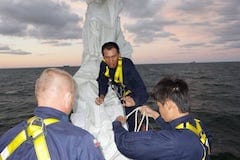
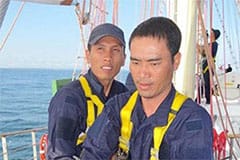
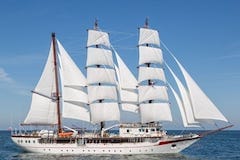
 t’s good to see every parts of the boat work as intended. The hatches are completely watertight. When I left the hull out under afternoon sunlight for an hour for it to dry, the air inside warms up and expands, when I open the hatches, I can hear the sound of escaping air. That confirms not only the hatches, but the whole hull is airtight, and so they are obviously watertight. Then carrying gears inside could be housed with minimum protection against water (e.g: some normal plastic bags).
t’s good to see every parts of the boat work as intended. The hatches are completely watertight. When I left the hull out under afternoon sunlight for an hour for it to dry, the air inside warms up and expands, when I open the hatches, I can hear the sound of escaping air. That confirms not only the hatches, but the whole hull is airtight, and so they are obviously watertight. Then carrying gears inside could be housed with minimum protection against water (e.g: some normal plastic bags).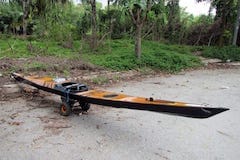
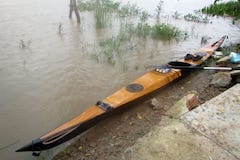
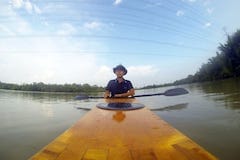
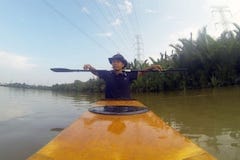

 piece of music for working time listening… Mất một số kha khá thời gian để hiểu ra nhận xét sau của NS Phạm Duy về nhạc sĩ tiền bối Dương Thiệu Tước: khi ông viết theo điệu Tây, nhạc rất là Tây, khi ông viết theo kiểu Ta, điệu lại quá là Ta. Nói một cách khác, ông (DTT) vừa Tây hơn tất cả chúng ta, và đồng thời, lại Ta hơn thảy chúng ta.
piece of music for working time listening… Mất một số kha khá thời gian để hiểu ra nhận xét sau của NS Phạm Duy về nhạc sĩ tiền bối Dương Thiệu Tước: khi ông viết theo điệu Tây, nhạc rất là Tây, khi ông viết theo kiểu Ta, điệu lại quá là Ta. Nói một cách khác, ông (DTT) vừa Tây hơn tất cả chúng ta, và đồng thời, lại Ta hơn thảy chúng ta. ột tựa đề quen quen thoáng hiện trên mặt báo, nghĩ mãi mà không nhớ ra, đành phải nhờ đến Mr. Google… Chỉ một phút, cả một trời ký ức hiện về, một tựa sách phiêu lưu viễn tưởng của Jules Verne từng thích thú thời còn bé tí: L’épave du Cynthia, tựa tiếng Anh: The waif of the Cynthia, tựa tiếng Việt: Chú bé thoát nạn đắm tàu. Thế là bỏ ra một nửa buổi tối ngồi đọc lại, từng câu chữ, từng đoạn văn lũ lượt kéo về trong trí nhớ, gần 30 năm mà tưởng đâu như mới ngày hôm qua.
ột tựa đề quen quen thoáng hiện trên mặt báo, nghĩ mãi mà không nhớ ra, đành phải nhờ đến Mr. Google… Chỉ một phút, cả một trời ký ức hiện về, một tựa sách phiêu lưu viễn tưởng của Jules Verne từng thích thú thời còn bé tí: L’épave du Cynthia, tựa tiếng Anh: The waif of the Cynthia, tựa tiếng Việt: Chú bé thoát nạn đắm tàu. Thế là bỏ ra một nửa buổi tối ngồi đọc lại, từng câu chữ, từng đoạn văn lũ lượt kéo về trong trí nhớ, gần 30 năm mà tưởng đâu như mới ngày hôm qua.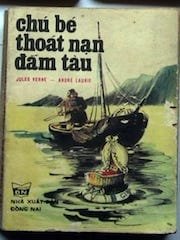
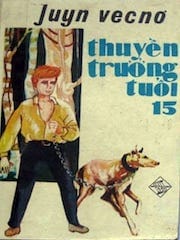
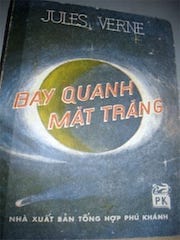
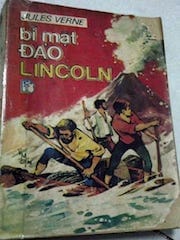
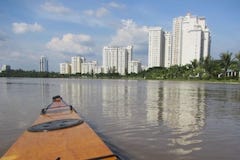
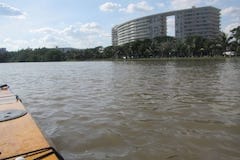

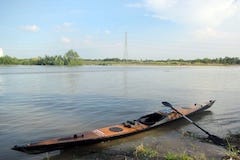
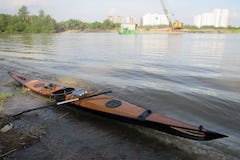
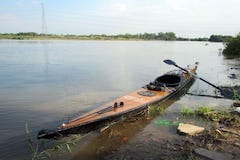
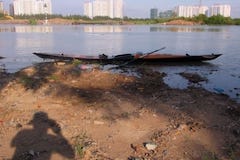
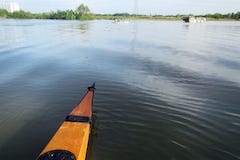
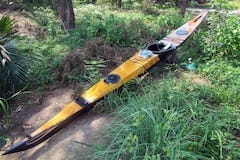
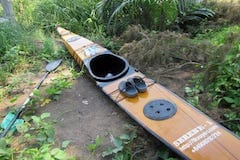
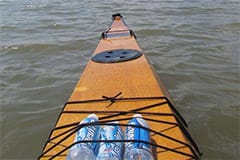
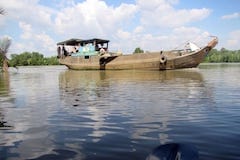
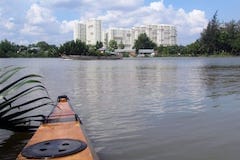
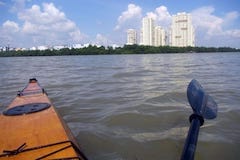
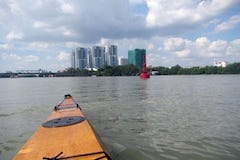
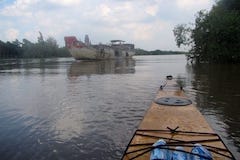
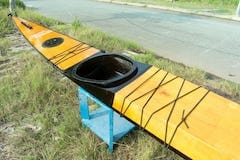
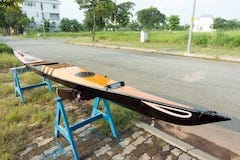
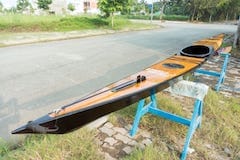
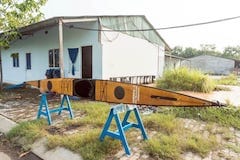
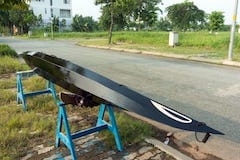
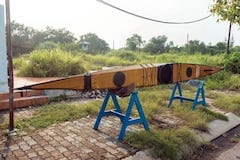
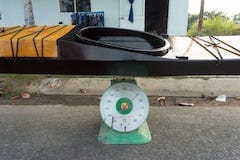
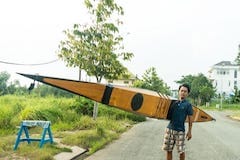
 ome final jobs required to complete the boat: slight sanding here and there on the deck, some decorations, all in white vinyl decals, then the final coat of transparent PU paint on deck. For decorations, there’ll be certainly the inevitable part, the Vietnamese boat eyes, the boat name and some texts stating the owner’s contact information. I’ll keep these to the fewest possible, standing from a functional point of view, and avoid any elaborate decorations, at least for now.
ome final jobs required to complete the boat: slight sanding here and there on the deck, some decorations, all in white vinyl decals, then the final coat of transparent PU paint on deck. For decorations, there’ll be certainly the inevitable part, the Vietnamese boat eyes, the boat name and some texts stating the owner’s contact information. I’ll keep these to the fewest possible, standing from a functional point of view, and avoid any elaborate decorations, at least for now.